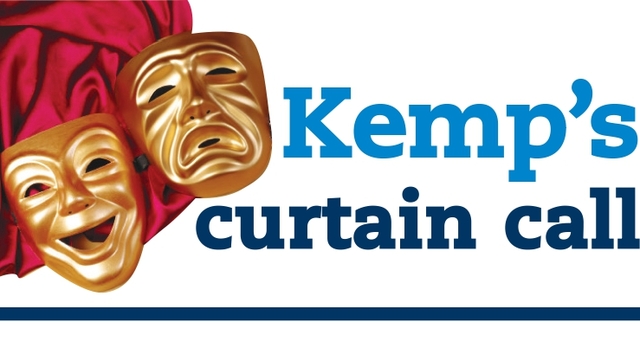One of the Collins Street Falcons has been on an epic rescue and rehabilitation journey since the live streaming cameras were switched off for the season, with Melbourne Zoo and Healesville Sanctuary teaming up to help.
The famous fledgling found itself stuck behind a glass balcony screen on a skyscraper in Melbourne’s CBD with Wildlife Victoria the first responders on 15 November.
“A huge thank you to everyone involved – from the member of public who called Wildlife Victoria to report the injured falcon, to the team at Melbourne Zoo and Healesville Sanctuary for providing veterinary treatment and rehabilitation,” Wildlife Victoria chief executive officer Lisa Palma said.
“Stories like these are possible thanks to the dedication of volunteers, who are on the frontline of wildlife rescue each day.
“I encourage all Victorians to call Wildlife Victoria’s 24/7 Emergency Response Service on 03) 8400 7300 to report any sick, injured or orphaned native wildlife.”
It’s common for juvenile birds to have misadventures when leaving the nest, so after experienced carers rescued the bird, they attempted to release it in Fitzroy Gardens.
However, the falcon couldn’t fly due to a possible soft tissue injury to its right wing.
Melbourne Zoo’s Marine Response Unit, who regularly attend wildlife callouts, were contacted and the bird was transferred to the Zoo’s veterinary clinic for its initial examination including X-rays and blood tests.
To ensure the falcon received the specialised care it needed, it was moved to Healesville Sanctuary’s Raptor Rehabilitation Centre.
The purpose-built centre, a six-metre-tall donut-shaped building, forms a continuous 100-metre flight tunnel for birds to build up their fitness before returning to the wild.
Flight fitness is an important recovery milestone for a bird receiving medical care, to ensure they can hunt for food and avoid predators.
After receiving anti-inflammatory medication, resting, and building up its flight fitness, the falcon was safety returned to a park location near the Yarra River, in its home range last week to allow it to thrive in familiar territory.
Healesville Sanctuary life sciences manager Gerry Ross said the team was thrilled this bird was soaring back through the skies and delighting Melbournians again.
“It’s incredible to have this Raptor Centre and for the zoos to work together so one of city’s most iconic birds can return to wild where it belongs,” she said.
As the falcon is at an age of independence, it no longer needs to return to life on the ledge with its parents and will forge its own way in the wild.
Peregrine Falcons are a bird of prey. These birds are expert sky divers and are known for their incredible speed, up to 300km per hour. They don’t build nests but instead lay their eggs in shallow dips in rock or cliff faces, tree hollows and ledges of tall buildings.







